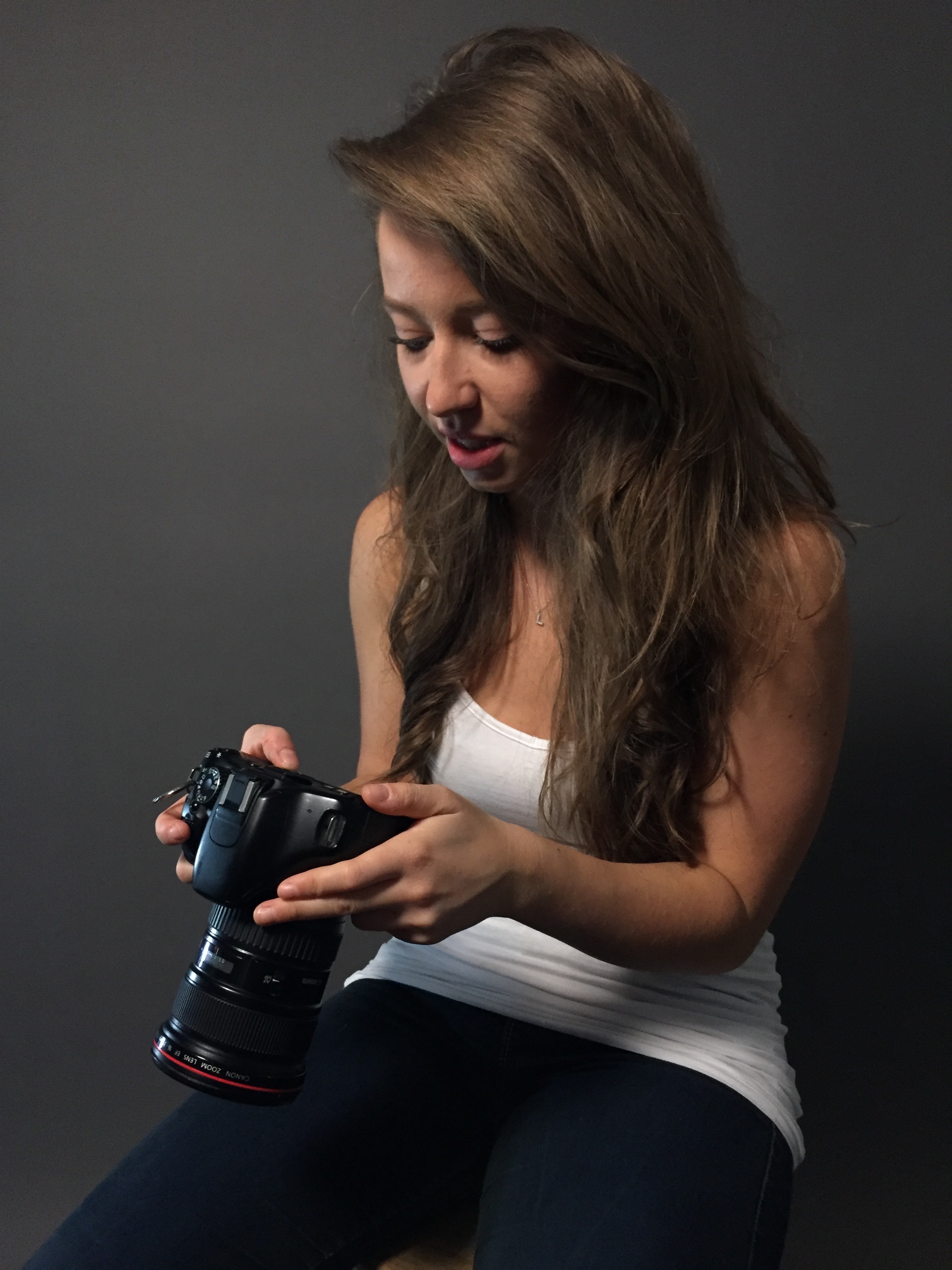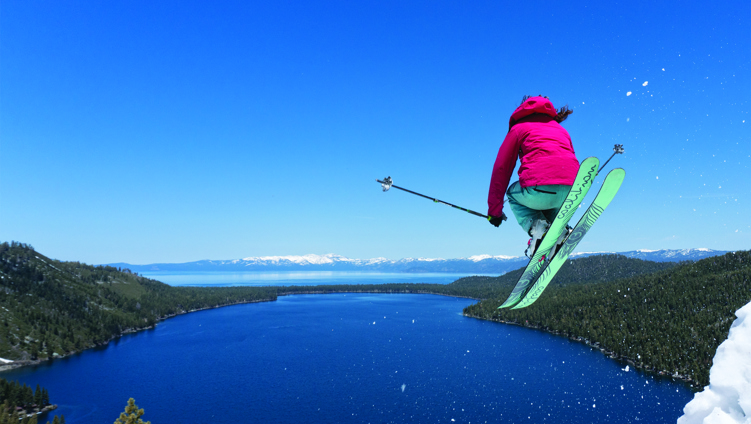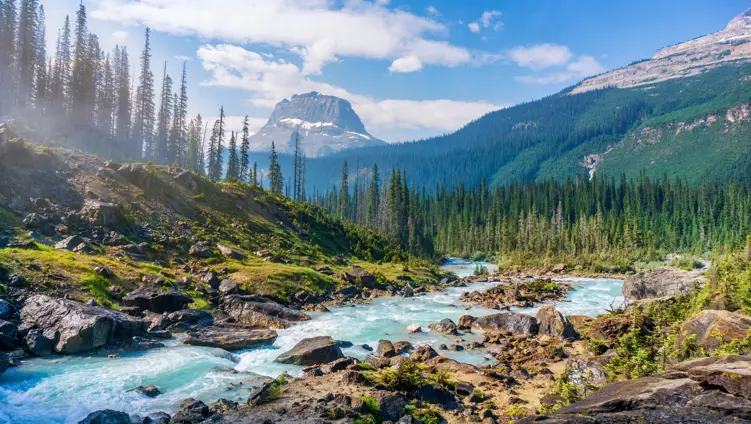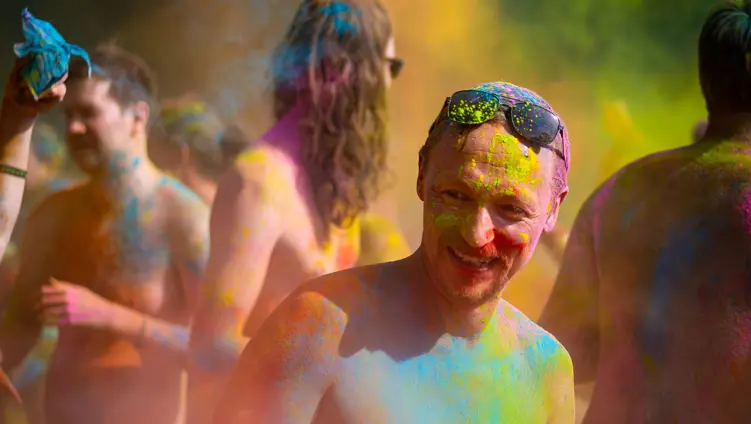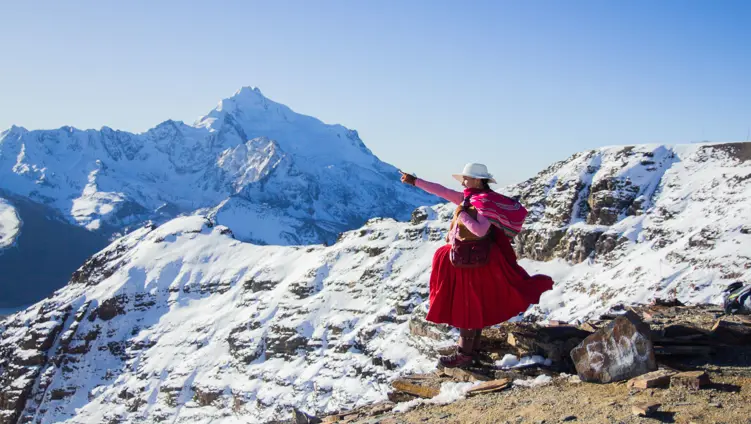Published on 27th March 2020
Laura Mahler, in conversation with fellow filmmaker Eleanor Church, discusses the potential of documentary film to inspire social action in viewers. Has the past year seen a paradigm shift in how we receive environmental films?

